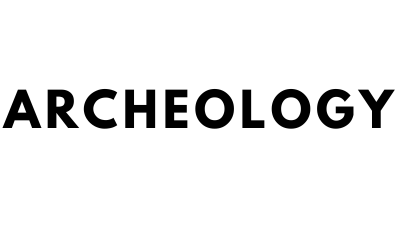Uncover lost civilizations, unearth ancient treasures, and delve into the mysteries of the past with these captivating archaeological discoveries that are rewriting our understanding of history.

Journey to the Temple of Sewu
Embark on a voyage to the mystical land of Central Java, Indonesia, where the Temple of Sewu, a 7th-century Mahayana Buddhist marvel, awaits your exploration. Situated just 609 meters north of Prambanan, Sewu stands as the second-largest Buddhist temple complex in Indonesia. Its name, "Sewu," translates to "1000 temples," although the complex comprises 249 temples. The original name is believed to have been "Manjusri Grha," symbolizing the gentle glory of transcendent wisdom.
Constructed in the late 8th century, Sewu predates the nearby Shivaite temple of Prambanan by over 70 years. The main temple, a 20-sided polygon, soars to a height of 30 meters and measures 28 meters in diameter. The complex was expanded during the reign of Rakai Pancaran, a prince who married a Buddhist princess, reflecting the harmony between the Hindu and Buddhist communities.

Despite sustaining damage during the 2006 Yogyakarta earthquake, the temple has been meticulously reconstructed. Sewu's Mandala design, guardian statues, and intricate reliefs narrate a tale of devotion, artistry, and cultural fusion. Imagine the grand ceremonies held here, the whispers of ancient wisdom, and the echoes of a time when faith and art were intertwined. Isn't it a mesmerizing glimpse into a bygone world?
Unveiling the Gandhara Scrolls
The Gandhara scrolls stand among the most significant relics of early Buddhism in the world. Their discovery or public revelation is always a momentous occasion, and so it proved once more when the Library of Congress of the United States of America made a 2000-year-old Gandhara scroll digitally accessible in July 2019.
Only a few hundred manuscripts like this exist, each offering new insights into the early history of Buddhist literature. They are called Gandhara scrolls because they were all created in Gandhara, a Buddhist region between Pakistan and Afghanistan. Legend has it that each was dictated to the scribes by Siddhartha Gautama himself, also known as Buddha Shakyamuni. They recount the tales of the 13 Buddhas who came before him, including their social class, teachings, and years of birth and death.

The one unveiled by the Library of Congress is approximately 80% complete and is among the oldest known to have survived to this day. It is too delicate to be displayed publicly, but being able to view it digitally is better than not seeing it at all.
Mesac Monastery: Unveiling Ancient Secrets

Translate the name to "Mainac," and it becomes "small copper source." That tells you a bit about the history of this ancient site in eastern Afghanistan, but it far from paints the complete picture. For instance, there's an ancient Buddhist settlement at Mainac that contains a monastery and 400 statues. And beneath the monastery lies something far older.

According to archaeologists, the monastery was built atop a 5,000-year-old copper smelting facility, which would easily be the world's oldest such installation. No one knows who these Bronze Age copper smelters were or how they possessed such advanced technology for their time. Unfortunately, the entire site is now at high risk due to a modern Chinese mining project. Efforts are underway to block the mining work or at least ensure it doesn't damage the monastery and what lies beneath it, but excavation has already encroached on the ancient site. Archaeologists now face a race against time to excavate anything they can find there before it's lost forever.
Cheers to Ancient Wine

Prepare to raise a toast to a groundbreaking discovery in the world of wine. Researchers have unearthed traces of what could be the world's oldest wine in the dregs of 8,000-year-old clay jars found in a cave in Sicily. This finding reveals that wine was being made and consumed in Italy over 6,000 years ago, pushing back the previously believed date of Italian winemaking by at least three millennia. Unlike previous discoveries that only showed grapes were being cultivated, this research led to the identification of actual wine residues.

The samples were taken from Late Copper Age storage jars found in 2012 in a limestone cave on Monte Kronion near

